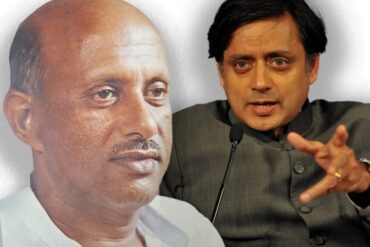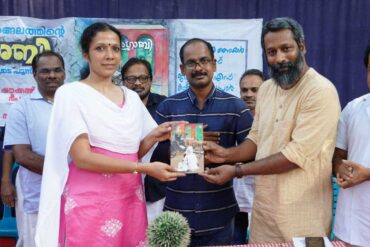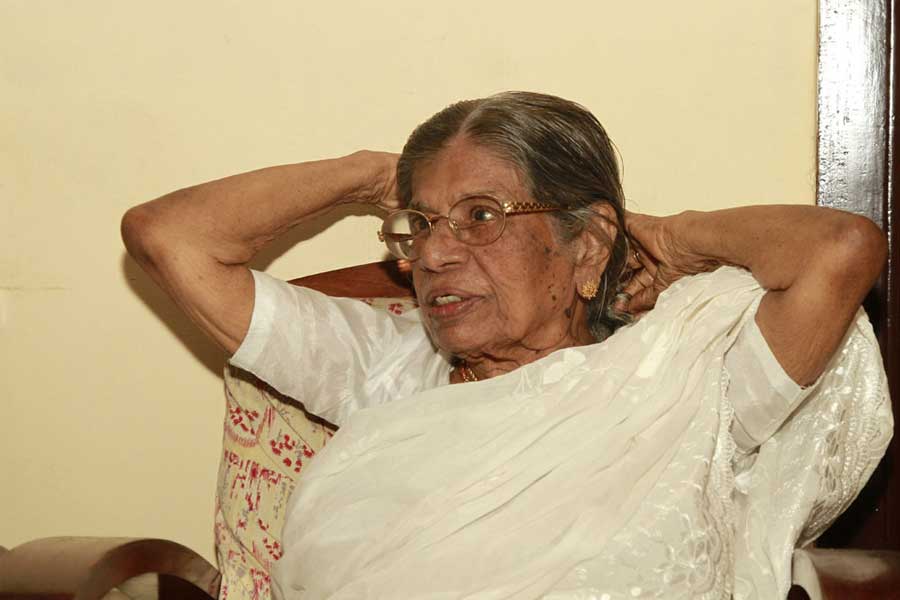K R Gowri Amma, the legendary woman minister in the world’s first democratically-elected Communist government, is 100 years old. Gowri Amma’s century also ran parallel with the rise and fall of women power in Kerala. In its ascendant phase, she rose by her sheer grit and will power and in the descendant phase, she was trampled underfoot.
When Gowri Amma was born in 1919, Kerala was undergoing major social changes—with active women’s participation. Gowri Amma’s father K A Raman, who was proactive in the movement that brought about the changes and a keen observer of the developments taking place in the society on that front, named her after a young woman who was in the forefront of women’s advancement.
That young woman was Gowri, the first woman from the backward Ezhava community to obtain the BA degree. The Sree Narayana Dharma Paripalana Yogam (SNDP) had presented her with a gold medal at its session at Thiruvananthapuram in 1917 for being the first woman from the community to obtain graduation. Gowri went on to become the first woman from Kerala to obtain MA in English in 1919 and was feted at many functions across Kerala. On his return home from one such function, Raman told his wife, Parvathy, who was expecting, of his desire to give their child Gowri’s name if it was a girl.
Gowri, who became Gowri Sankunni after her marriage, went on to become a Principal in colleges in the Madras Presidency. At the same time, another Gowri was also making waves in Kerala. She was Gowri Sankunni’s brother Barrister AK Pavithran’s wife, Gowri Pavithran. The princely state of Cochin nominated Gowri Pavithran to the Legislative Council in 1928 to represent women. Her activities as a member of the Legislative Council during her three-year tenure reflected the progressive outlook of her generation. In those days, the princely state of Cochin employed women only in the Education and Medical departments. Gowri demanded that other departments also be thrown open to women. She argued for minimum wages to be paid to employees at the lower levels even if it required slashing the salaries of officers.
Gowri Pavithran introduced a ‘Namboothiri Reform Bill’ in the Council for the liberation of the women of the community (Antharjanams as they were known) who led miserable lives in their illams (homes). That same year (1929), Namboodiri reformer V T Bhattathiripad came out with his famous book Adukkalayil ninnu Arangathekku (From the kitchen to the stage).
The Legislative Council had earlier passed a similar bill with milder provisions but the Maharaja had not given his assent to it. Undeterred, Gowri Pavithran came up with a bill which demanded abolition of polygamy, and grant of right to younger members of Namboodiri families to marry women of the community and raise families, instead of being forced to enter into informal liaisons—Sambandhams as they were known—with women of other communities.
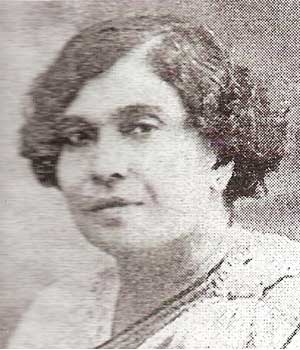
The advancement of women during that period cannot be reduced to the advancement of a few persons or caste/religious groups. It was a made possible by the coming of Christian missionaries in the early part of the 19th century and the opening of educational Institutions. Schools started by the London Mission Society (LMS) missionary William Tobias Ringeltaube in South Travancore (now in the Kanyakumari district of Tamil Nadu) between 1806 and 1809 had 60 students, that included Hindus and Muslims. He managed to convert some 300 people to Christianity in six years. Those who focus solely on conversions forget conveniently that it was the inequality and injustices prevailing in the Hindu fold that made these conversions possible.
Within a few years, the Church Mission Society (CMS) began its activities in Central Travancore. The Zenana Missionary Society of the Anglican Church which promoted girls’ education was also active about this time. Missionaries undertook such activities in other parts of the sub-continent as well but Kerala society progressed faster than those regions because of the efforts of social reformers in the second half of the 19th century.
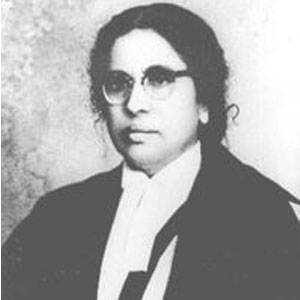
The number of women who got educated during that period was substantial. It was this fact that prompted the government of Travancore to nominate Dr. Mary Poonen Lukose to the Legislative Assembly in 1921. She was denied admission to a Science course only because she was a woman. She therefore enrolled for a course in History in 1909 where she was the sole woman student in her college. After obtaining a BA degree, she went to England and acquired a degree and completed post-graduation in Medicine. On her return to Travancore, she joined government service in 1916 and rose to the position of Surgeon General, which was the designation of the head of the Health department during those days. Dr. Mary Poonen Lukose remained a Member of the Legislative Assembly till 1944. During this period, ten more women were nominated to the Assembly at different times. One of them was Anna Chandy, who later became the country’s first woman High Court judge. Along with them, Thressiamma Korah entered the Legislative Assembly winning an election in 1937.
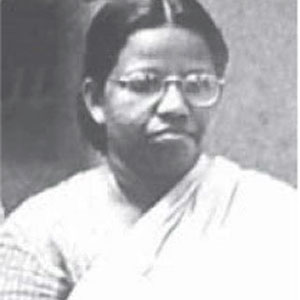
The first woman to be nominated to the Legislative Council of Cochin in 1925 was Thottakkattu Madhavi Amma, a poet and a scholar. The four women nominated to the Council after Gowri Pavithran included Parvathi Nenmenimangalam, who was in the forefront of the Namboodiri reform movement. Three women were elected to the Cochin Legislative Council in 1938 and four in 1945.The last batch included Dakshayani Velayudhan, who went on to become the only Dalit woman representative of the Constituent Assembly.
According to government data, there were 1,421 girls in the secondary schools of Malabar in 1918. The only district of the Madras Presidency with a higher enrolment of girls was Madras city. In the other districts, the number of girl students was only in two or three digits. The internationally acclaimed botanist E K Janaki Ammal, Member of the Madras Legislative Assembly and Congress Working Committee member A V Kuttimalu Amma, and Constituent Assembly member Ammu Swaminathan are among those who rose from this region in that period.
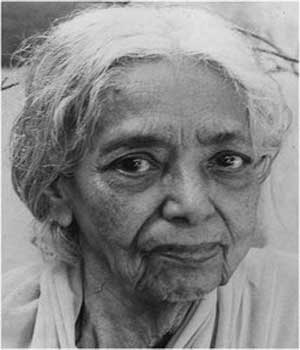
The historical significance of the advancement of women in Kerala during this period becomes evident only when it is taken into account that there were no women in comparable positions in America or Britain when Dr. Mary Poonen Lukose became the Surgeon General and Anna Chandy became a High Court judge. This advancement of women was a result of the Kerala renaissance, which some people choose not to acknowledge these days. The concept of a model society free from caste differences and religious hatred, where universal brotherhood prevailed, mooted by the likes of Narayana Guru, gained wide acceptance as the goal of the renaissance movement.
The Communist Party of India, which promised an egalitarian society, became the political beneficiary of the renaissance movement. As a result, in the 10th year of India’s independence, Kerala stunned the country and the world by voting the Communists to power for the first time in the world. In that Communist government led by E M S Namboodiripad, K R Gowri became the Revenue Minister and was charged with the task of piloting the Land Reform Bill.
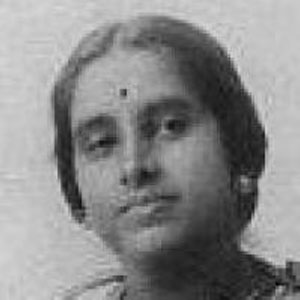
The short period the E M S government was in power marked the zenith of the renaissance and Gowri Amma’s participation in that government as minister marked the high point of women empowerment. The political opponents of this dispensation joined hands with caste and religious outfits and launched a virulent campaign against its Land Reform Bill and Education Bill. Even the Imperialist forces got behind the reactionaries.
The two decades following the union government’s dismissal of the Communist government saw an intense struggle for supremacy between progressive forces and reactionary elements in Kerala. It ended not in the victory of one over the other but in the emergence of two fronts, one led by the Congress and the other by the CPI (Marxist), which emerged as the larger faction after the undivided Communist party split in 1964. These rival fronts have been alternating in power since then. The two-front system rendered the appellations Right and Left irrelevant. This process actually started in 1967 although it was formalized only in 1980.
In the 1967 state assembly election, a seven-party alliance led by the CPI (M) came to power and E M S Namboodiripad became Chief Minister for the second time. The government included representatives of the Muslim League and the Karshaka Thozhilali Party (KTP) of Fr. Vadakkan, besides the CPI, the Revolutionary Socialist Party (RSP), the Kerala Socialist Party (KSP) and the Samyukta Socialist Party (SSP). Since then, Muslim and Christian sectarianism has been a part of power politics in the state. After the fall of the second E M S government, a new government under the leadership of the veteran CPI leader C Achutha Menon was formed. The Congress party was also a part of it and so was the Kerala Congress, led by K M George, along with the Muslim League. When the CPI (M) came to power next in 1980, the E K Nayanar-led government included the rebel Congress faction of A K Antony and also K M Mani’s Kerala Congress. Anybody could now join hands with anyone else.
The two-front system marked the beginning of a new phase in Kerala politics. The presence of protectors of caste and religious interests in both fronts led them away from the path of the renaissance. Equality and gender parity were now out of Kerala’s agenda. The way the rival fronts joined hands to subvert a law that was passed to repossess and return the lost forest lands of the Adivasis, originally passed with the support of all parties in 1975, revealed the character of the two-front system. The only politician who stood up against that act of betrayal was Gowri Amma.
Like the ascent of the renaissance, its descent too was reflected in Gowri Amma’s life. She was Minister in all the CPI (M)-led governments between 1957 and 1987. In addition, she was the President of the Kerala Karshaka Sangam (farmers’ organization affiliated to the party) from 1960 to 1984. She was the President of Kerala Mahila Sangam (women’s wing of the party) from 1967 to 1976 and its Secretary thereafter till 1987. But she never managed to reach the top echelons in the party hierarchy.
It was the patriarchy prevailing in the CPI (M) at the state and national level that did not let her reach the top. When lack of women in the higher bodies became an issue, the CPI (M) made Brinda Karat a Politburo member in 2005. Brinda was not even born when P Krishna Pillai gave Gowri Amma party membership. And when Brinda Karat was given party membership by P Sundarayya, Gowri Amma was a leader in her own right having made a significant contribution as the minister who piloted the landmark Land Reform Bill.
Slogans projecting Gowri Amma as the Chief Minister were raised by the Left Democratic Front (LDF) during the 1987 Assembly election. The party has since clarified that it was not an official slogan approved by it. But then, the party did not disclaim it until after the election. When the election results were out and the Left Front won a majority, the party made E K Nayanar, who had not contested the election, the Chief Minister. Gowri Amma was expelled from the party in 1994 before the Left’s next turn to form the government—although Leader of Opposition V S Achuthananthan had emerged as the claimant for the post by that time.
K R Gowri Amma and M V Raghavan, the two prominent leaders the CPI (M) threw out, formed parties of their own and became a part of the Congress-led United Democratic Front (UDF). Disciplinary action was taken against Raghavan for advocating alliances with the Muslim league and the Kerala Congress against the official party line—or the E M S line—during the mid-eighties. But it is still not clear why disciplinary action was taken against Gowri Amma. Even recently, Gowri Amma had publicly raised the question as to why she was thrown out of the party. E M S, whom she puts in the dock on this issue, is not there to answer the question. Leaders who had famously kept mum when disciplinary action was taken against Gowri Amma now eulogize her as an ideal Communist. They cannot answer her question either. It is not that they do not know the answer—it is something that they cannot say publicly.
Gowri Amma was thrown out of the party because she is a gutsy woman. This secret is now widely known through whispers about her boldness and arrogance. In Patrimony’s rule book, these are attributes which only men are entitled to. In men these are qualities of leadership; in a woman they are signs of impudence and haughtiness. Male chauvinism expects women to meekly follow commands without questioning.
According to official statistics, Kerala is the state with the highest human development indices. More women have received higher education since the days of Kerala renaissance and many of them occupy high positions. But when it comes to women empowerment, Kerala is going backwards.
The CPI (M) in Kerala has not been able to find a more efficient minister than Gowri Amma till date. As an administrator, she had earned the respect of the bureaucrats that worked under her. They found it easy to work with her as she formulated policy and left it to them to implement. It is, therefore, reasonable to assume that she would have made a good Chief Minister had the party not blocked her. She may not have been able to arrest the backslide resulting from the skewed policies of the two fronts that took turns at power but her principled stand on the tribal land issue suggests that she may have at least tried to reduce the impact of the backslide.
Gowri Amma’s pic credit: V Sivaram

